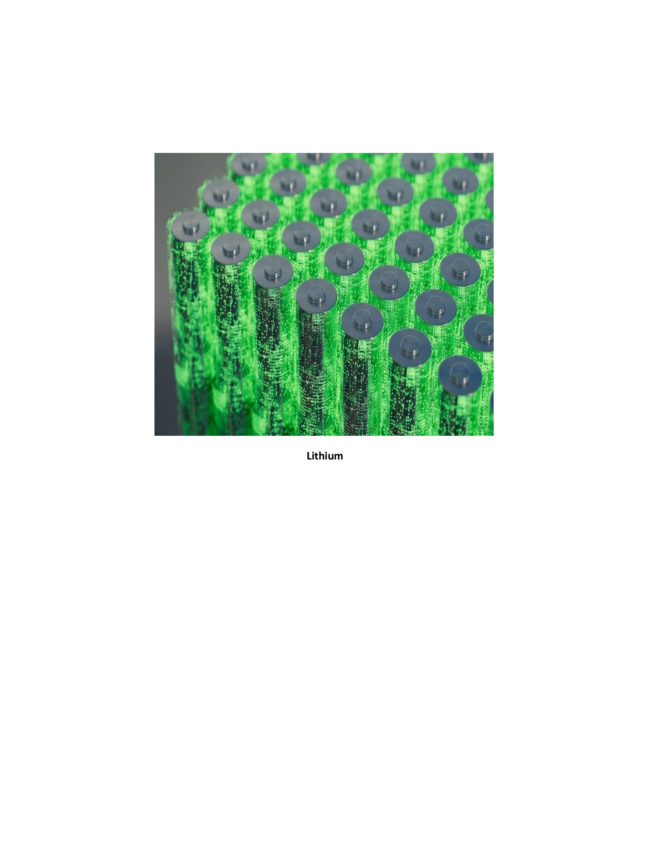Levitation
Levitation (from Latin levitas ‘lightness’) is the process by which an object is held aloft, without mechanical support, in a stable position. Levitation (floating of an object in air at short or long distance without any physical support) has always fascinated mankind in general and scientists in particular. Man has always desired to counter gravity and make it possible to float in air either with the of some machine (like aeroplane etc.) or through meditation or yoga which has been so far under constant debate for its non-scientific basis leading towards non-repeatability and impossible for everyone. Simple experiments like making a ping pong ball to dance/levitate in air by blowing a steady stream of air through a pipe always catch the intuition of children and draw their attention towards floating in air. But it wouldn’t work if the ping pong ball were too big, or if it were too far away from the air pipe. Magnetic levitation is another example of levitating a diamagnetic material placed on the surface of a superconductor. Magnetic levitation (maglev) or magnetic suspension is a method by which an object is suspended with no support other than magnetic fields. Magnetic force is used to counteract the effects of the gravitational acceleration and any other accelerations. The two primary issues involved in magnetic levitation are lifting forces: providing an upward force sufficient to counteract gravity, and stability: ensuring that the system does not spontaneously slide or flip into a configuration where the lift is neutralized. Magnetic levitation is used for maglev trains, contactless melting, magnetic bearings and for product display purposes.
All these modes of levitation are possible only with the help of some external support. The search is however ever going on to make levitation possible for small to big objects at small and large distances with the external support like light. Light not only illuminate and warm the earth but also have always fascinated scientific minds with its unique properties and applications and thus have been studied extensively. Decades ago, the development of so-called optical tweezers enabled scientists to move and manipulate tiny objects, like nanoparticles, using the radiative pressure from a sharply focused beam of laser light. This work formed the basis for the 2018 Nobel Prize in Physics. However, optical tweezers are only able to manipulate very small objects and only at very short distances. Recently, a research team have come with theoretical findings to make use of light to levitate objects at nanoscale with future plans for bigger objects and at long distances.
Levitation with light
Researchers at Caltech have designed a way to levitate and propel objects using only light, by creating specific nanoscale patterning on the objects’ surfaces. With this new research, objects of many different shapes and sizes—from micrometers to meters—could be manipulated with a light beam. The key is to create specific nanoscale patterns on an object’s surface. This patterning interacts with light in such a way that the object can right itself when perturbed, creating a restoring torque to keep it in the light beam. Thus, rather than requiring highly focused laser beams, the objects’ patterning is designed to “encode” their own stability. The light source can also be millions of miles away. Though still theoretical, the work is a step toward developing a spacecraft that could reach the nearest planet outside of our solar system in 20 years, powered and accelerated only by light. In theory, this spacecraft could be patterned with nanoscale structures and accelerated by an Earth-based laser light. Without needing to carry fuel, the spacecraft could reach very high, even relativistic speeds and possibly travel to other stars.



